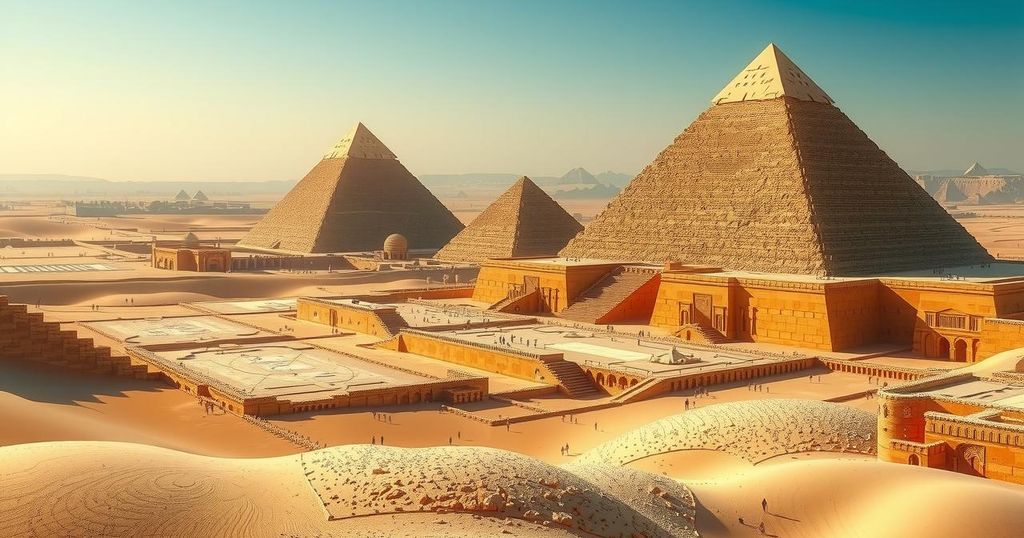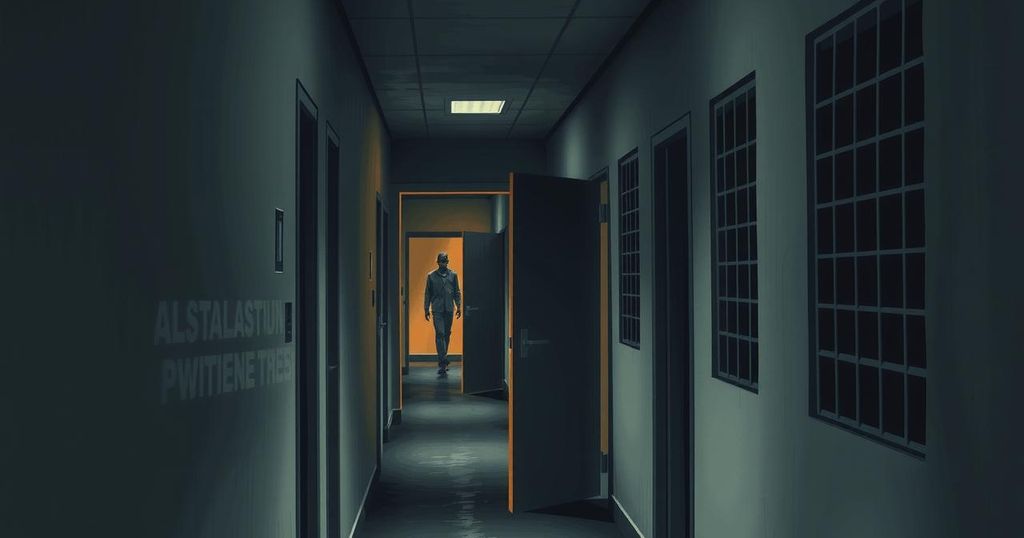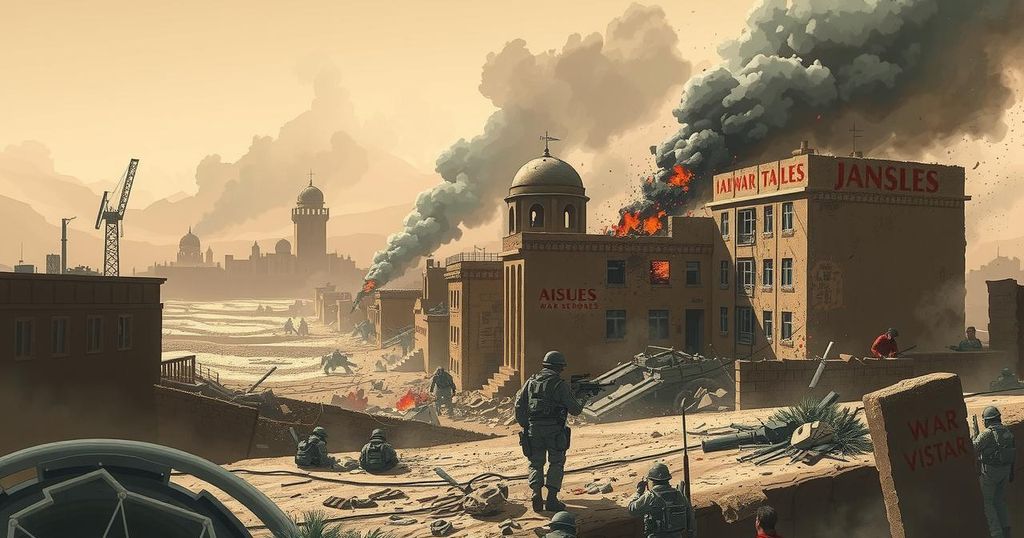Conflicts
AFRICA, ANTHROPOLOGY, ARCHAEOLOGY, COMMUNITY ENGAGEMENT, CORRADO MALANGA, EGYPT, ENVIRONMENTAL IMPACT, EUROPE, GIZA, ITALY, KHAFRE, LAWRENCE CONYERS, MENTAL HEALTH, PYRAMIDS OF GIZA, SCIENCE, SCOTLAND, UNIVERSITY, UNIVERSITY OF PISA, UNIVERSITY OF STRATH, UNIVERSITY OF STRATHCLYDE, WAR, ZA, ZAHI HAWASS
Sophia Klein
Debate Erupts Over Underground City Discovery Beneath Pyramids of Giza
A study claims to have found a vast underground city beneath Egypt’s Pyramids, utilizing Synthetic Aperture Radar. However, prominent Egyptologists have dismissed the discovery as unscientific “fake news.” Research leader Professor Malanga defends the findings despite facing skepticism regarding methodology and credibility. The debate continues as peer review and excavations are awaited.
A recent study claiming the discovery of a vast underground city beneath the Pyramids of Giza has generated significant debate among experts in the field of Egyptology. Researchers utilized Synthetic Aperture Radar technology to unveil what they assert to be an extensive urban structure, complete with interconnected corridors and a possible water system, suggesting an “entire hidden world of many structures” exists beneath the surface.
However, the validity of these findings is being questioned by other scholars. Renowned Egyptologist Dr. Zahi Hawass criticized the study as “fake news” and asserted that the methods employed by the research team are not scientifically sound. He stated, “The claim of using radar inside the pyramid is false, and the techniques employed are neither scientifically approved nor validated.”
The researchers involved in the Khafre Project, led by Professor Corrado Malanga, claim to have identified five structures connected by corridors below the Khafre Pyramid, with eight additional pillar-like formations extending deep underground. These claims suggest that some structures may serve as remnants of an ancient water system, situated approximately 3,937 feet below the pyramid base.
Despite their assertions, criticisms continue to arise regarding the credibility of the project’s leadership, particularly Professor Malanga’s past interests in unconventional theories. Additionally, some experts have raised concerns over the use of artificial intelligence in processing the study’s images, calling them potentially misleading.
In response to skepticism, Professor Malanga emphasized the consistency of findings between the two satellites used for the study, insisting that previous beliefs about the area being “an empty mountain of stones” are now outdated. The research team is eager to excavate the site, though obtaining governmental approval poses considerable challenges.
The discovery of a purported underground city beneath the Pyramids of Giza has ignited a contentious debate in the academic community. While the research team asserts groundbreaking findings, leading experts have vehemently disputed the validity of their claims, emphasizing doubts about the scientific rigor of the methods employed. Future peer review and further exploration will be essential to assess the authenticity of these allegations.
Original Source: www.thesun.co.uk








Post Comment